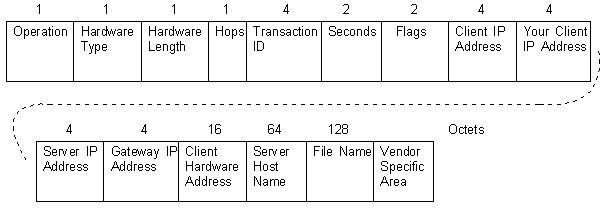با سلام خدمت دوستان
می خواسستم بدانم کسی از دوستان درباره
bootp
اطلاعاتی داره
با تشکر
موضوعات مشابه:
- نحوه ریست کردن AirGrid M5 که دکمه ریست آن قفل شده است
- NIS در TMG چیست
- Terminal Service در لیست Role های ویندوز سرورم نیست!
- لیست isp های کشور...
- ریست در یک شبکه وایرکس


 1سپاس
1سپاس LinkBack URL
LinkBack URL About LinkBacks
About LinkBacks




